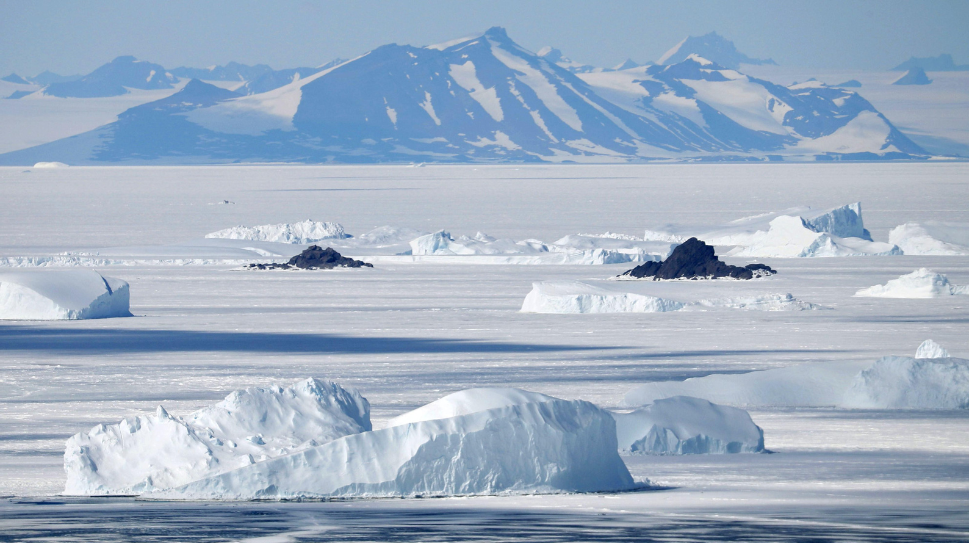
Unprecedented Antarctic Sea Ice Decline Raises Concerns Amidst Record-Breaking Summer Heat
As the Northern Hemisphere grapples with a record-breaking summer heatwave, the Southern Hemisphere faces another alarming climate event: Antarctic sea ice has plummeted to unprecedented lows for this time of year. Affecting an area nearly as large as Argentina or the combined regions of several US states, this startling phenomenon has left scientists scrambling for answers and raises concerns about the changing climate dynamics in the region. In this article, we delve into the implications of the Antarctic sea ice decline and the pressing questions it poses to the scientific community.
Antarctic Sea Ice Decline
Every year, towards the end of February, Antarctic sea ice reaches its lowest levels during the continent’s summer, and it then builds back up over the winter. However, this year has been different, as the sea ice has failed to return to expected levels. In fact, it has hit a record low, unseen in the past 45 years of recorded data. The National Snow and Ice Data Center (NSIDC) reveals that the ice is approximately 1.6 million square kilometers below the previous winter record low, set in 2022.
The Changing Game
Described as off-the-charts exceptional, the unprecedented decline has scientists acknowledging that the system has changed significantly. The Antarctic is known for its variability, but this recent extreme variation signals something drastic has occurred. Scientists are urgently trying to comprehend the underlying causes.
Contributing Factors and Uncertainties
Researchers are grappling with the complexities of the Antarctic’s response to climate change, with natural climate variability making it harder to ascertain how the region is adapting to global heating. While several factors contribute to sea ice loss, such as the strength of westerly winds around Antarctica and warmer ocean temperatures, the full picture remains elusive. Some experts warn that the current state of variability may be unprecedented and suggest that the Antarctic system might not recover as it has in the past.
Cascading Effects
The decline in sea ice may lead to significant cascading effects. While it doesn’t directly impact sea level rise, the disappearance of sea ice exposes coastal ice sheets and glaciers to greater vulnerability, making them prone to melting and breaking off. Additionally, the region’s wildlife, including krill, penguins, and seals, that rely on sea ice for feeding and resting, might face challenges. Furthermore, the absence of sea ice affects the planet’s temperature regulation, which could have far-reaching consequences beyond Antarctica.
In a nutshell, the alarming decline of Antarctic sea ice highlights the urgency of understanding and addressing the effects of climate change on a global scale. As parts of Antarctica experience rapid changes, the implications for coastal communities and ecosystems cannot be underestimated. As the scientific community continues to monitor and analyze the situation, it serves as a stark reminder of the ever-escalating challenges posed by a changing climate.


